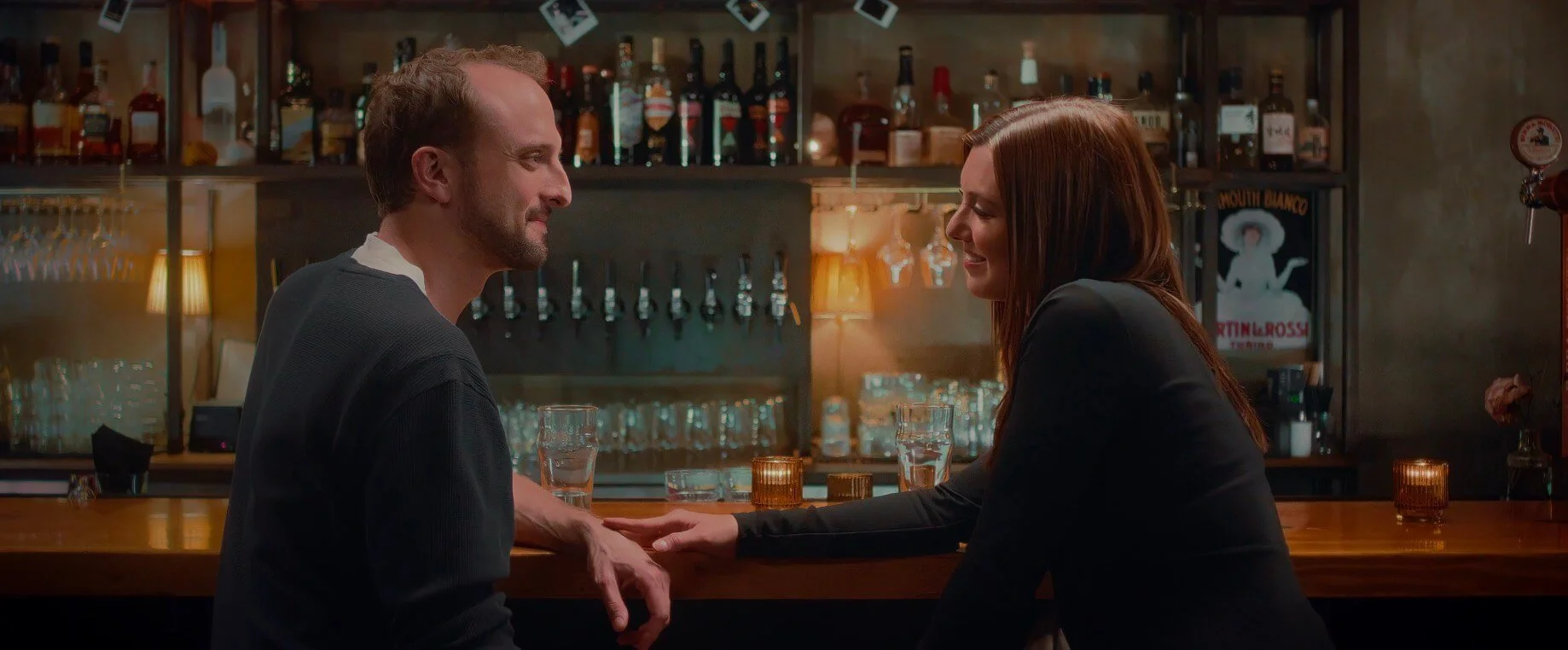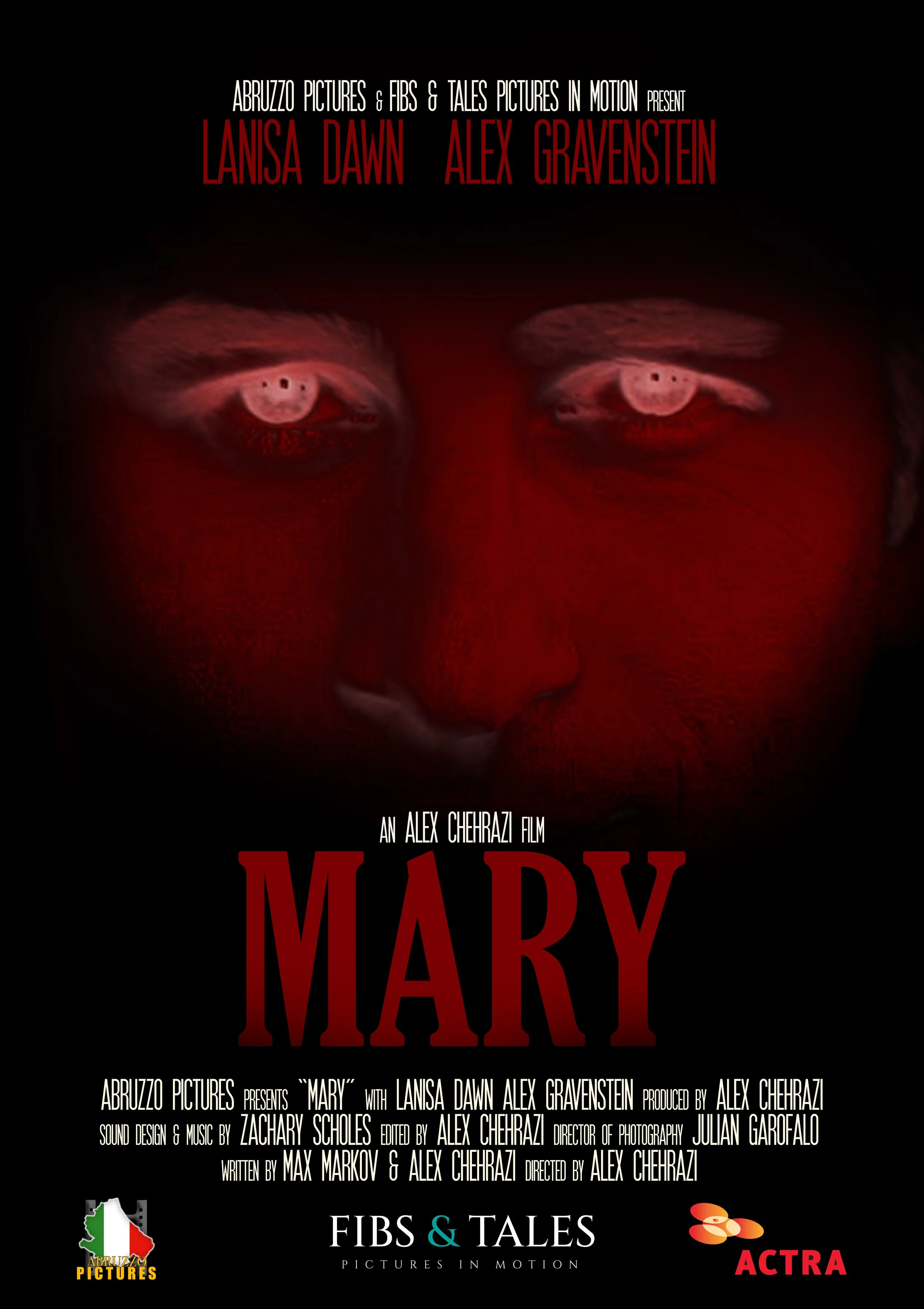Inside the Making of Mary: A Psychological Short Film & Festival Success
When a first date turns into a psychological nightmare, how far would you go to escape the walls closing in?
Mary is a taut, emotionally charged short thriller that explores the horrors of modern dating and the increasingly blurred lines between reality and perception. Briana and Tom have recently matched on a dating app and decide to meet for drinks, hoping to hit it off. But what starts as a romantic and exciting evening quickly unravels as Briana begins experiencing disturbing visions and a deep sense of unease—convinced she’s being followed. As paranoia sets in, tension escalates, and the evening descends into something far darker than either of them could have anticipated.
Written and directed by Alexander Chehrazi and co-written by Max Markov, Mary is a collaboration between two independent production companies: Abruzzo Pictures and Fibs and Tales. With its tense atmosphere, psychological layering, and raw performances, the film taps into the very real fear of vulnerability and the danger of misread intentions.
A Tale of Tension and Subtle Terror
Mary thrives on simplicity and suggestion. The narrative follows Briana (Lanisa Dawn) and Tom (Alex Gravenstein) as their flirtation turns to fear, gradually unraveling into a haunting reflection on power, consent, and paranoia. As audiences are pulled deeper into the story, it becomes increasingly unclear who should be trusted—and what, if anything, is truly safe.
The film had its world premiere at the Fantasia International Film Festival 2025, one of North America’s most renowned genre film showcases. Screened as part of the "Horreurs All-Dressées" program, Mary stood out for its intimate horror and stripped-down tension.
A Production Built on Trust and Ingenuity
Though the final film feels seamless, the behind-the-scenes process was an exercise in scrappy innovation and trust. Mary was shot over the course of just a few days in Montreal, using a skeleton crew and a tightly focused setup that demanded precision, adaptability, and intense collaboration.
Serving as both co-producer and cinematographer, Julian Garofalo was tasked with helping to bring the director’s vision to life while ensuring the camera language supported the story’s psychological undertones. The entire film was shot on the RED V-Raptor with Zeiss CP3 lenses, chosen for their sharpness and low-light capabilities, essential for the film’s dimly lit, real-time aesthetic.
To push the visual texture even further, Julian developed a custom-built diffusion filter, mounted in front of the lens and used consistently throughout the film. This homemade filter—designed specifically to soften contrast and lift digital sharpness—allowed the visuals to take on a dreamy, disoriented feel, mirroring the characters' gradual loss of control.
“When you’re working with a limited budget and timeline, the tools you use have to work harder for you,” Julian says. “The filter gave us a more emotional image without needing elaborate lighting setups. It felt tactile, imperfect, and very human—which is exactly what Mary needed.”
What It Took to Make Mary
Creating a film like Mary requires more than just equipment and locations—it requires a commitment to tone, pacing, and trust between all departments. With such a confined space to work in, choreography between actors, camera, and lighting had to be meticulously planned. Every movement mattered. Every shadow had meaning.
The team behind Mary embraced this constraint. From the careful blocking of scenes to the precision of lighting setups and the deliberate use of locked-off camera setups, the production leaned into its limitations, resulting in an intimate yet unsettling final product. The tension is not just in what is seen, but in what is suggested.
A Festival-Worthy Collaboration
The creative trio of Alexander Chehrazi (director/writer/producer/editor), Max Markov (writer/producer), and Julian Garofalo (co-producer/cinematographer) exemplify the kind of agile, artist-led filmmaking that defines the modern indie scene. Their ability to adapt, improvise, and execute on a vision under pressure is what brought Mary to life.
Their combined efforts were validated with the film's premiere at Fantasia International Film Festival, generating buzz from audiences and critics alike. As the film continues its festival journey, its resonance grows, drawing attention not just for its suspenseful storytelling, but for the artistry and problem-solving that went into every frame.
More Than a Thriller
Mary is about boundaries. Emotional, physical, and cinematic. It reminds us how quickly the familiar can become unfamiliar, how intimacy can shift into threat. It’s this blend of psychological horror and human vulnerability that has helped the film stand out on the international stage.
Behind the camera, Julian Garofalo and the team at Fibs and Tales helped shape that message with intention, style, and just the right touch of unease.
🎬 Official Selection: Fantasia Film Festival 2025
11th annual Yes Let's Make a Movie Film Festival
🏆 Winner: Best Canadian Horror - 11th annual Yes Let's Make a Movie Film Festival
Nominated: Best Cinematography, Best Short Film
Nominated: Best Director (Alex Chehrazi)
Nominated: Best Cinematography (Julian Garofalo)
Nominated: Best Actor (Alex Gravenstein)
Nominated: Best Actress (Lanisa DF)
Nominated: Best Acting Duo








